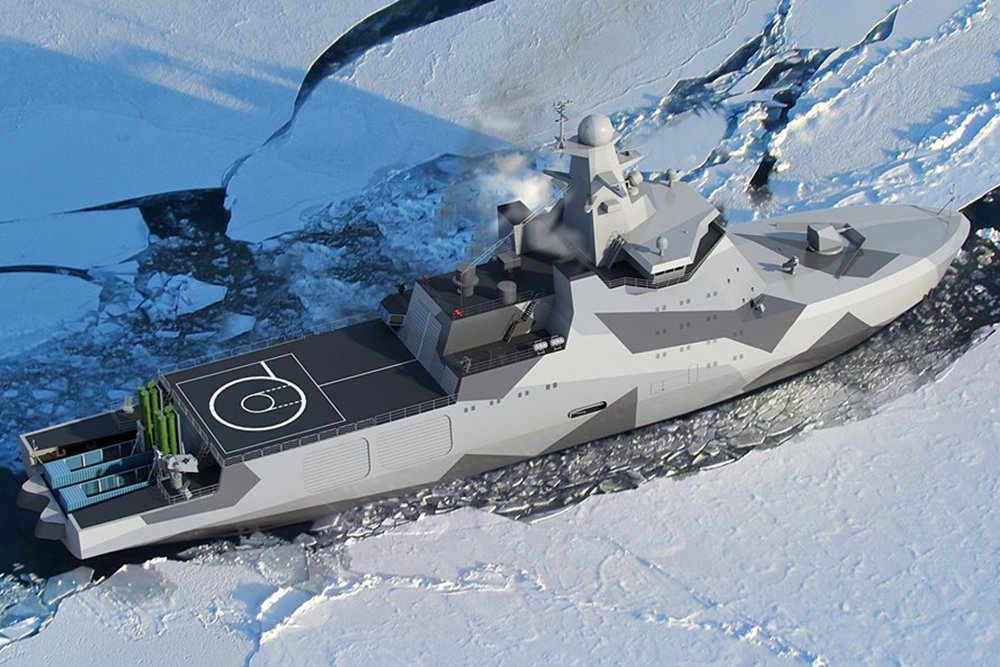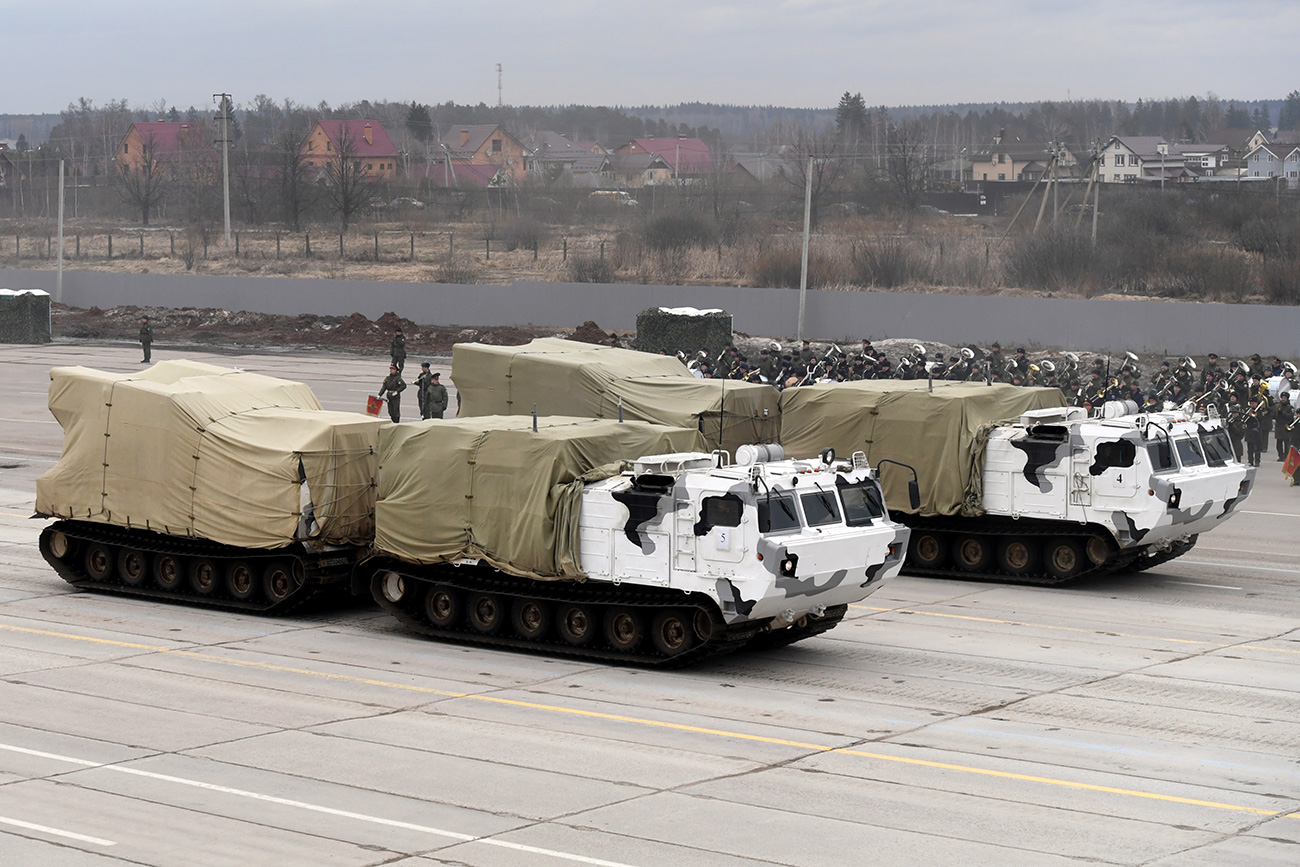Russia’s Arctic ambitions to be fuelled by new combat icebreakers

Ivan Papanin will be able to break the ice with the speed of a destroyer. Source: JSC Admiralteiskie Verfi
Russia is actively implementing a program to consolidate its military presence in the Arctic. The country is developing military vehicles that can operate in harsh climatic conditions, establishing Arctic brigades, and constructing airfields and military infrastructure in the region.
Keeping the country’s Arctic ambitions in mind, the Russian Defense Ministry has called on state-owned manufacturers to build specialized military icebreakers.
For many years, civilian icebreakers cleared the way for military vessels. This has created great difficulties when it comes to the operational management of ships in the Arctic zone. At the moment, to obtain icebreakers the military should go through a long procedure of contacting the civil authorities. This does not guarantee the timely availability of the much-needed ships.
To solve this problem, the Defense Ministry has decided to build its own icebreakers for the needs of the military in the Arctic.
Ilya Muromets
The first modern icebreaker built for the Russian Defense Ministry was the Project 21180 vessel named Ilya Muromets. The ship, which was launched in 2016, will get additional features by the end of 2017.
This new generation diesel-electric icebreaker is designed to provide year-round access to the Arctic territories for the Russian Navy, which has restored the military infrastructure in the region.
However, the Ilya Muromets does not possess any weapons and, does not differ from the civilian icebreakers.
The Defense Ministry has decided to develop a new type of ship, which can serve both as an icebreaker and warship.
The Ministry said in 2016 that the Ilya Muromets would be the only ship of this project.
Ivan Papanin
The military has focused all of its efforts on the development and production of unique and versatile ships of a new generation– the Project 23550.
The head ship, named Ivan Papanin, will be launched in 2019. The formal commencement of work on the second ship, Nikolay Zubov, is expected to begin in 2018.
Military expert Dmitry Litovkin told RBTH that the Nikolay Zubov combines the qualities of an icebreaker, cargo and rescue ship with the capabilities of a warship.
It will also guard and monitor the Arctic's water resources, and accompany and escort detained vessels.
The only combat icebreaker in the world now is Norway’s Coast Guard Ship, the Svalbard. Canada is also developing a series of ships of the Harry DeWolf class that are similar to the Norwegian ship.
The Ivan Papanin will have more features than its foreign analogues. Its weapons will be able to inflict strikes on groups of ships and ground targets, Litovkin said.
Heavily-armed vessels
The Ivan Papanin will be armed with Kalibr-NK (Club’) cruise missiles. Experts believe that eight missile launchers can be placed on the ships.
The combat icebreakers will have the ‘Open Stern’ concept, where the aft of the ship will have a free compartment with multiple removable modules, Litovkin said.
These modules will contain selected weapons such as Kalibr launchers, X-35 anti-ship missiles, and minesweeping armament.
Under the ‘Open Stern’ concept, warships are not highly specialized, but the military equation is altered thanks to the modules, which can be changed to contain different types of weapons.
In addition, the Project 23550 military icebreakers will be equipped with AK-176МА automatic naval guns.
The gun is capable of firing up to 125 rounds per minute, effectively hitting targets at a distance up to 16 km.
The AK-176MA is the first naval gun in the Russian Navy, made using stealth technology, which helps to reduce the visibility of the enemy vehicle’s radar.
The ship will be equipped with a helipad for Ka-27s and a hangar for other helicopters and drones. In addition, two Raptor high-speed combat boats will be placed on the icebreakers.
Icebreaking functions
Project 23550 military icebreakers will be 110-meters long and 20-meters wide. They may be able to break the ice to a depth of 1.5 meters.
This is less than traditional icebreakers that are capable of breaking ice of up to 2.8 meters. However, as Dmitry Litovkin suggested, this will not create problems for the successful passage of ships along the Northern Sea Route and the fulfillment of their tasks.
The ship will be able to break the ice much faster than traditional icebreakers, almost with the speed of a destroyer, the expert added.
Life in Svalbard: New frontier or the last resting place of the USSR?
If using any of Russia Beyond's content, partly or in full, always provide an active hyperlink to the original material.
Subscribe
to our newsletter!
Get the week's best stories straight to your inbox

